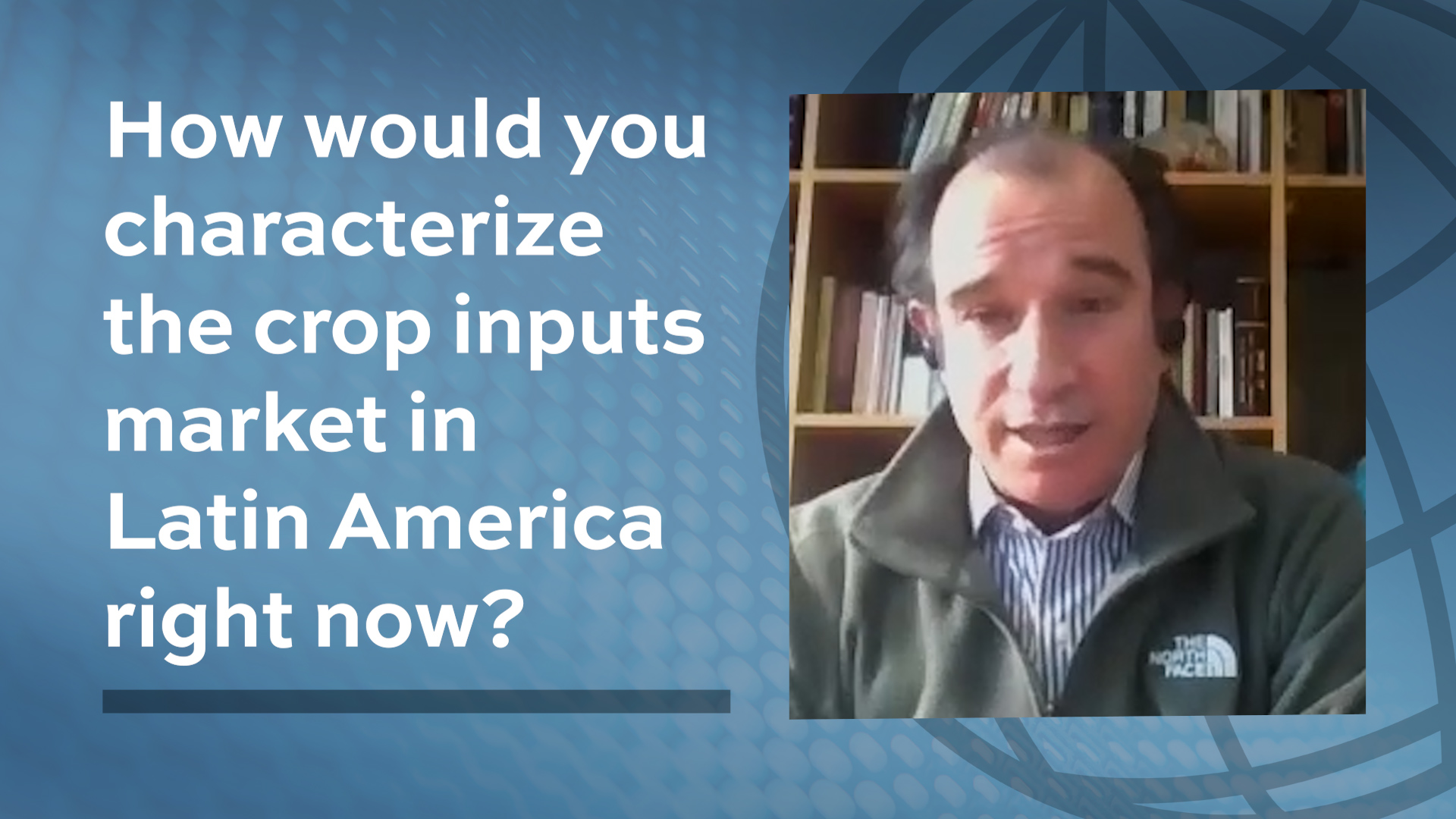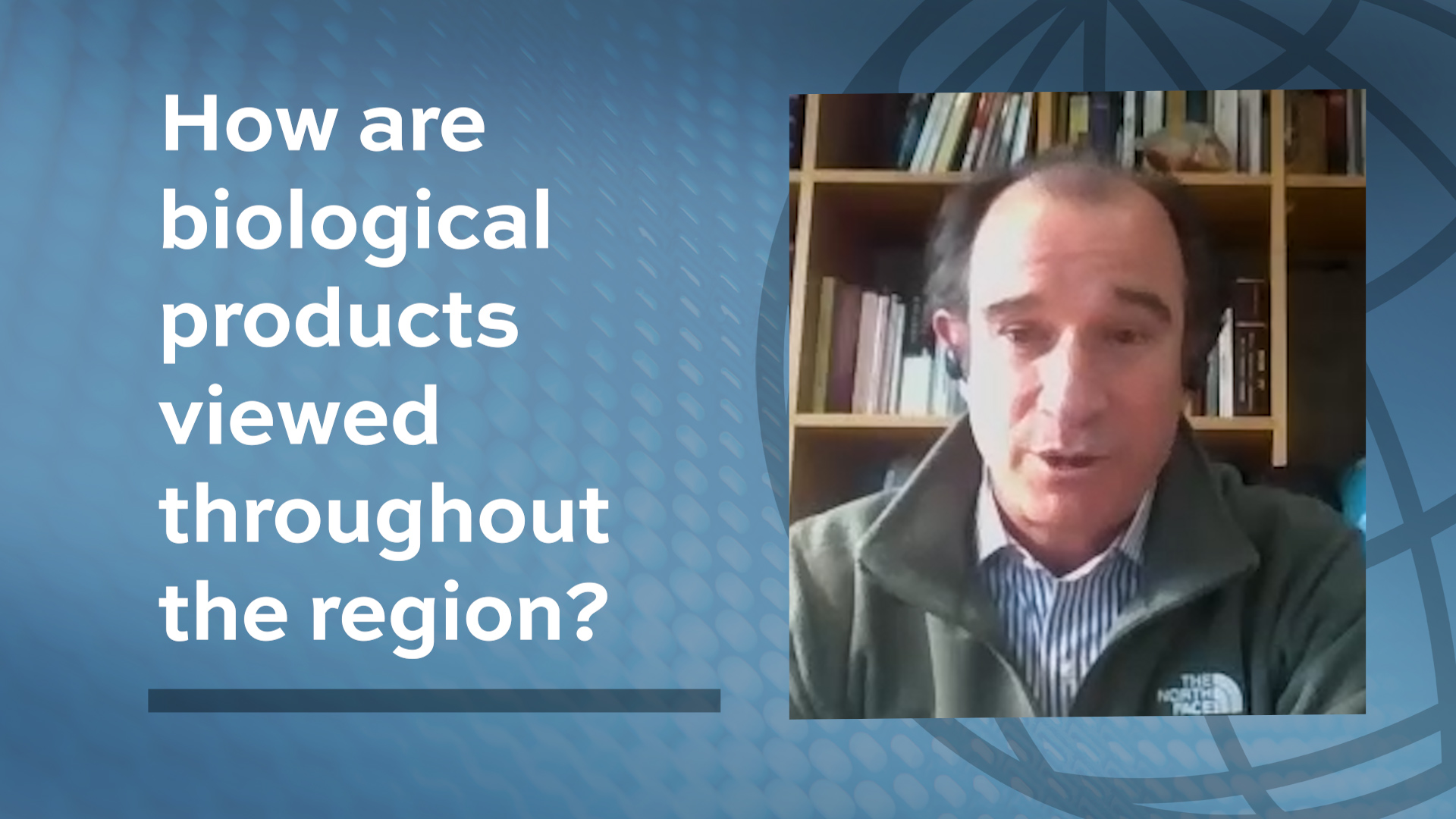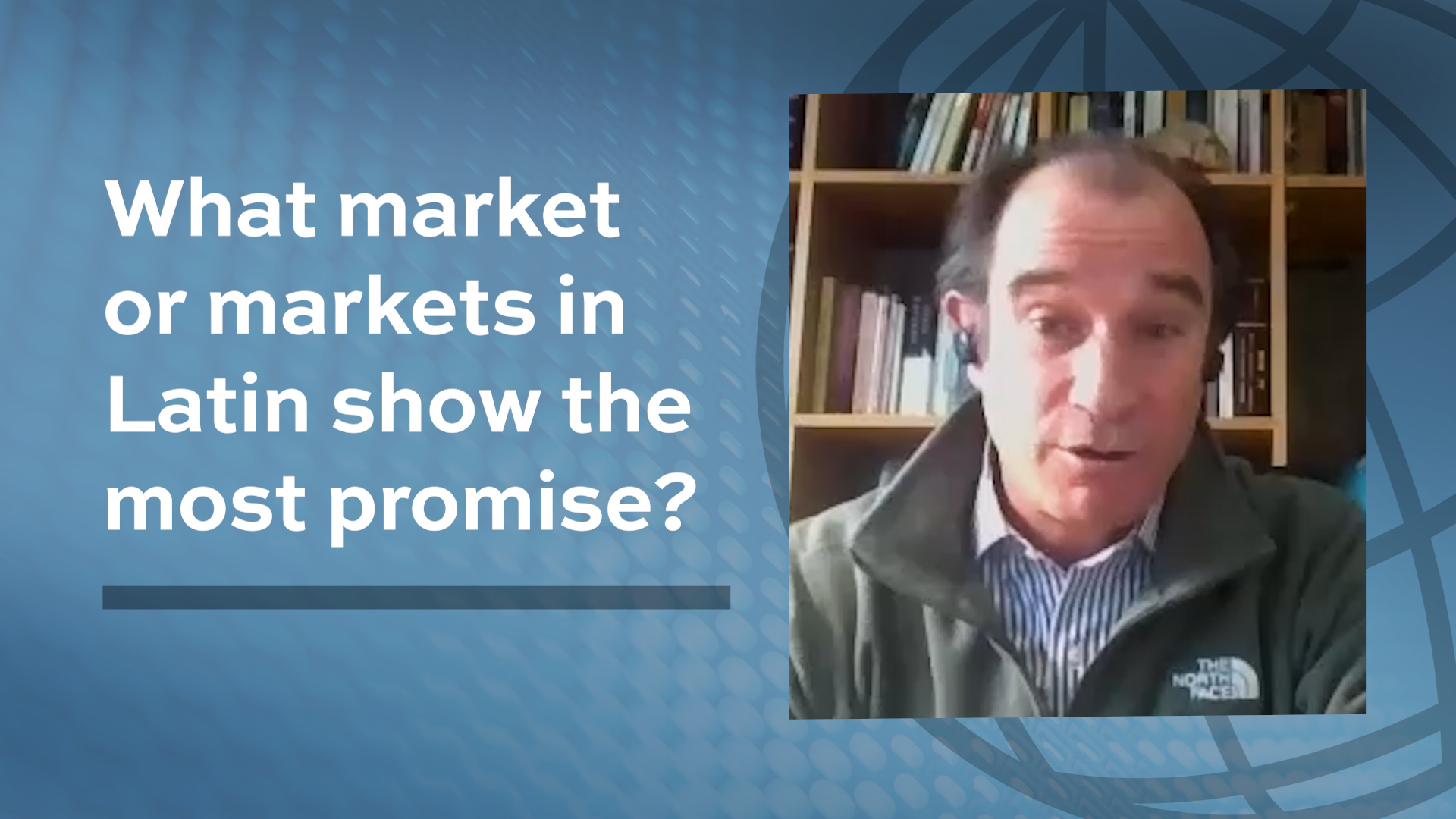Industry Insights: The Ever-Growing Importance of the Latin American Agribusiness Market
Editor’s note: Each member of the AgriBusiness Global Advisory Board brings significant experience in their respective fields, ranging from trend-setting biological development, to tolling and logistics, downstream distribution, regulatory navigation, and raw material trade. In this Q&A, Advisory Board Member Daniel Traverso, Vice President of Anasac International Corporation and Director of Anasac Colombia Ltda, provides insights into the Latin American agribusiness market.
Daniel Traverso, Vice President of Anasac International Corporation and Director of Anasac Colombia Ltda, has more nearly 30 years of career-related experience in the crop care market. Traverso recently spent some time traveling throughout Latin America. We spoke with Traverso to learn what issues concern the many agricultural communities face — the first of which is lumping the countries under a single label. There’s a danger in thinking the needs and challenges of the countries comprising Latin America are all the same.
“We’re different,” Traverso says. “Our market is different; our culture is different. The size of the markets is different. The crops that are different.”

ABG: You’ve been traveling throughout Latin America. What concerns are you hearing from the people you’re talking with?
DT: Well, they’re talking about the price of fertilizer. They’re talking about credit. They’re talking about the weather; in some countries it’s raining a lot. In other countries there’s not enough.
It’s different in every country’s different. In Ecuador, the political station is very complicated. Also, with the world looking at (the conflict in) Russia/Ukraine affecting the price of bananas affecting the price of flowers. Mexico is talking about the political things, and then they want to change them the registration law. And if that happens, the cost of production will be affected. A lot of countries are talking about biologicals.

ABG: You mentioned fertilizer prices. What strategies are people using to manage high fertilizer prices?
DT: That is a very big topic right now in Latin America because fertilizer is a very important input in the crop.
The main problem with fertilizer now is the price. If you want to grow (a crop in) the same area as in in the past, maybe it cost $1,000. Now, it costs more. You need more money, you need more credit (which often comes) from the dealer and the supplier. Bigger farmers can get the credit. For the medium or smaller farmer, this can be a problem. They have a decision to make – grow crops in the same area with less fertilizer or grow in the same area with less fertilizer, which will lead to problems with yield.







